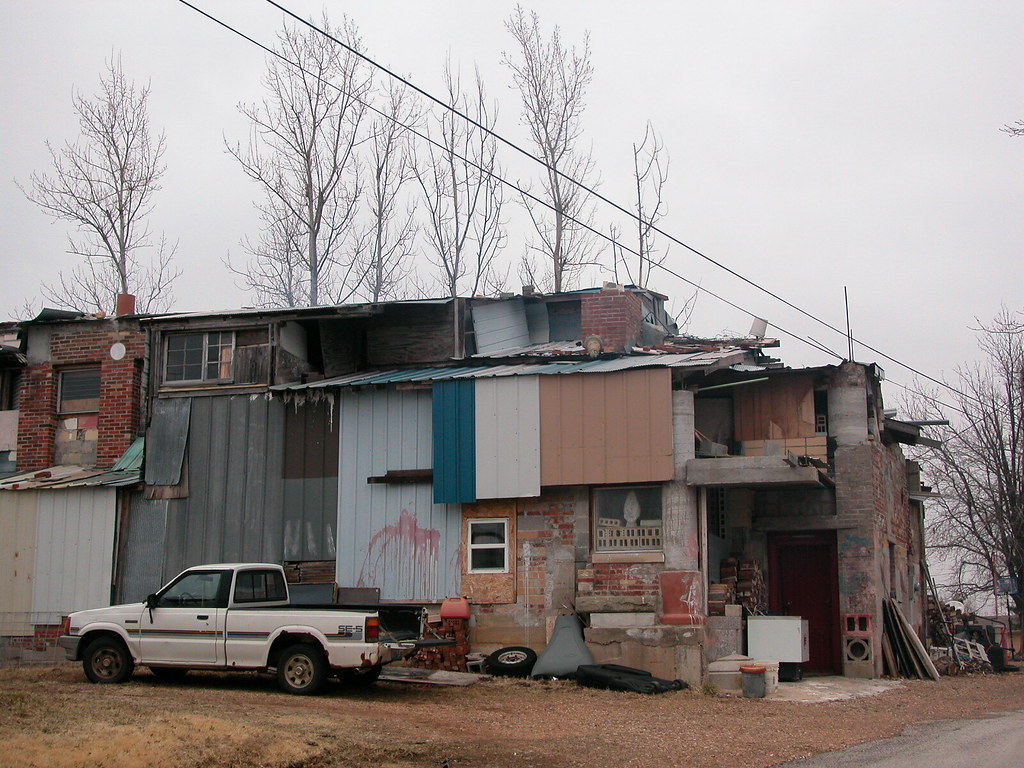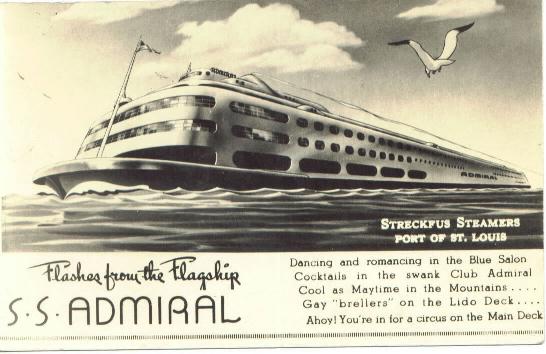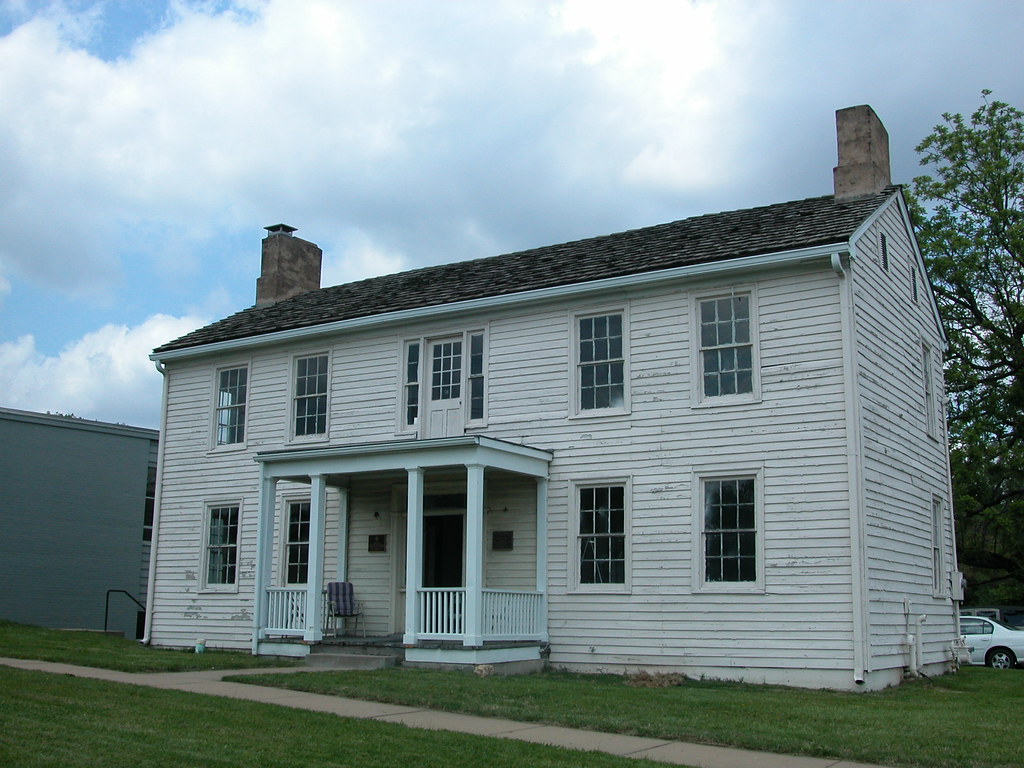
From Missouri Preservation:
Missouri Preservation is proud to announce that William (Bill) Hart has been hired as its first full-time Field Representative. William brings over fifteen years of hands-on preservation experience to his role as Field Representative. William received his Bachelor of Science degree in Historic Preservation from Southeast Missouri State University in Cape Girardeau, Missouri and graduated from the Savannah College of Art and Design in Savannah, Georgia with a Master of Arts Degree in Architectural History. William became active in neighborhood preservation issues when he moved to St. Louis in the late 1970s. Through his neighborhood association, he helped to establish a not-for-profit housing corporation to deal with vacant historic buildings. In the 1980s, he worked with Market Preservation, a group which opposed massive demolition of historic buildings in the heart of the downtown. William has restored several historic buildings on his own, and eventually started his own company as a developer and general contractor, specializing in historic buildings. While working as a developer, he received awards from the Dutchtown South Community Corporation, the Home Builders Association of Saint Louis, and the St. Louis Landmarks Association. He has a special interest in documenting vanishing roadside architecture and the preservation of barns and farm buildings in Missouri. William is a native of Perryville, Missouri and currently resides in Saint Louis in the City’s Benton Park Neighborhood.
William will expand the vital outreach services provided by Missouri Preservation and the National Trust for Historic Preservation to communities across the state. As an Official Statewide Partner of the National Trust and Missouri’s statewide historic preservation advocacy and education organization, Missouri Preservation provides information, technical, and strategic advocacy services to empower citizens with the tools needed to preserve their historic resources. William will represent both organizations to provide guidance on a variety of subjects including preservation techniques and approaches, fundraising, organizational development, community relations and politics, community development, and the availability of preservation resources.
The Field Representative position has been funded by a $125,000 challenge grant from the National Trust for Historic Preservation. Entitled Partners in the Field, this matching grant had the specific purpose of providing three years of dedicated funding to expand our outreach by hiring a full-time Field Representative. Missouri Preservation recently completed the fundraising for its $125,000 match. We would like to thank our generous donors for making the expansion of our mission-driven services possible: Great Southern Bank, HBD Construction, Inc., Huebert Builders, Inc., Edward Jones, William T. Kemper Foundation, McGowan Brother Development, Raming Distributions, Inc., Renaissance Development Associates, The Roberts Companies, Stark Wilson Duncan Architects, Inc., and Stupp Bros. Bridge & Iron Co. Foundation.
We are pleased to welcome William to our staff and look forward to the expansion of our field service program. If you have a question about an historic place in your community, please contact the Missouri Preservation office at 573-443-5946. Contact information for William Hart will be listed on our website at www.preservemo.org.
Missouri Preservation, known formally as Missouri Alliance for Historic Preservation, is Missouri’s only statewide non-profit organization dedicated to promoting, supporting, and coordinating historic preservation activities throughout Missouri.
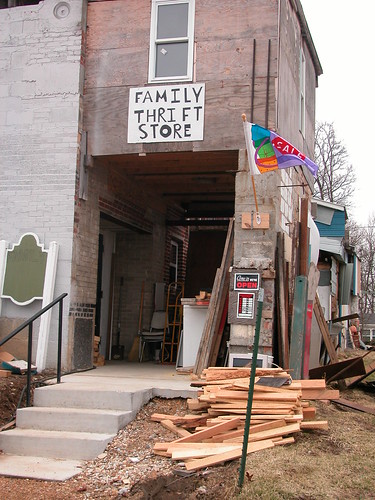 Welcome to the Family Thrift Store loacted on Fitzgerald Avenue in Gerald, Missouri. Gerald is a small town in Franklin County southwest of St. Louis. The Family Thrift Store building is a tour de force of homemade architecture. Literally, there may be no common American building material not used in the construction of this ramshackle masterpiece. This building has it all — brick, clay tile, concrete block, metal siding, wood, vinyl siding, polished granite, limestone and even a piece of terrazzo embedded in the wall.
Welcome to the Family Thrift Store loacted on Fitzgerald Avenue in Gerald, Missouri. Gerald is a small town in Franklin County southwest of St. Louis. The Family Thrift Store building is a tour de force of homemade architecture. Literally, there may be no common American building material not used in the construction of this ramshackle masterpiece. This building has it all — brick, clay tile, concrete block, metal siding, wood, vinyl siding, polished granite, limestone and even a piece of terrazzo embedded in the wall.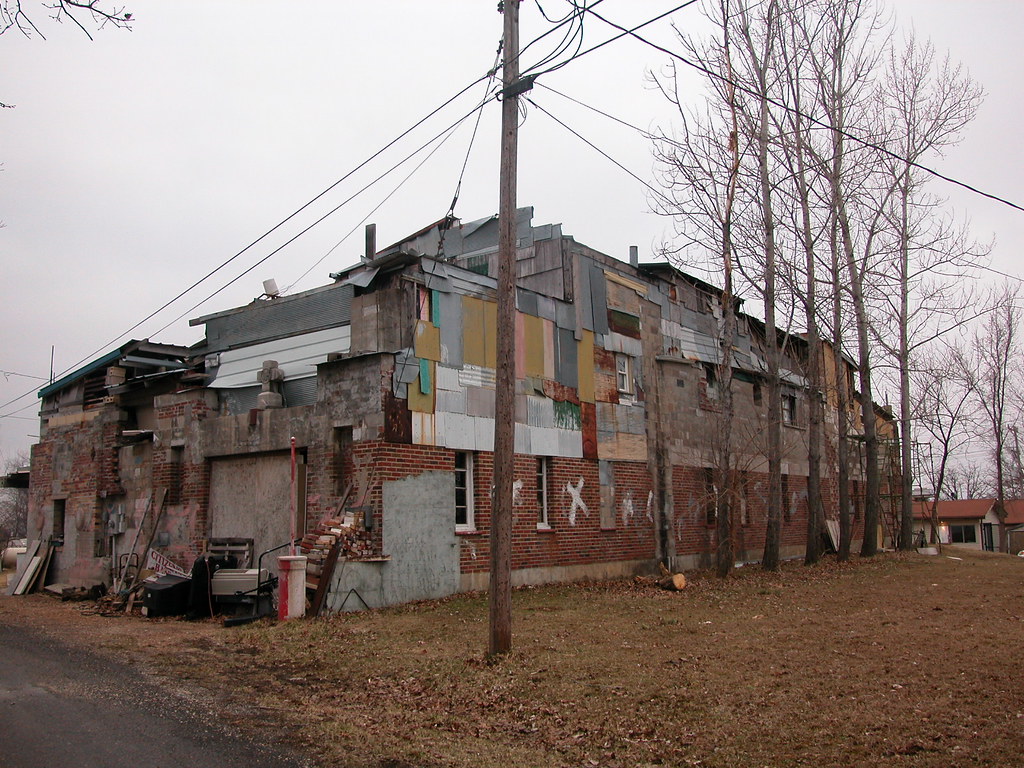 The construction uses a lot of plausible leftover materials, but also some salvage parts. Many of these salvaged pieces appear to come from a Roman Catholic Church, with a stone bearing the name of Joseph Cardinal Ritter and a date in 1967. There is even a carved limestone cross — much earlier than 1967 — over the rear garage door.
The construction uses a lot of plausible leftover materials, but also some salvage parts. Many of these salvaged pieces appear to come from a Roman Catholic Church, with a stone bearing the name of Joseph Cardinal Ritter and a date in 1967. There is even a carved limestone cross — much earlier than 1967 — over the rear garage door.

